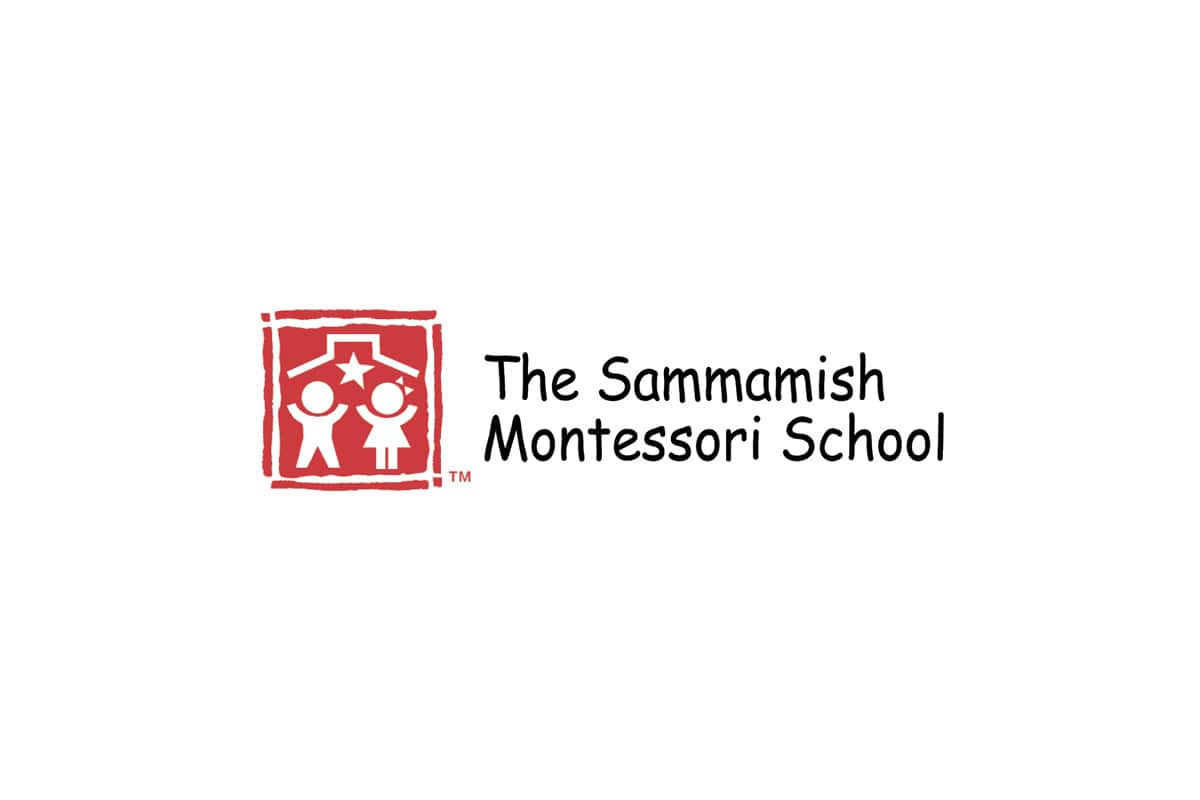Whether you’re a 30-year old moving into a new country or a 3-year old moving from the Montessori Prep program into the Montessori Early Childhood classroom for preschool-kindergarten (ages 3-6), or simply joining the Montessori Early Childhood classroom (ages 3-6), transitions can be frightening.
Montessori Toddler classrooms are specifically designed environments that cater to the unique needs of toddlers (between the ages of 18 months to 3 years). The Sammamish Montessori School Montessori Prep Program is designed specifically for children ages 2-1/2 to 3 who are still working towards readiness for a Montessori 3-6 Early Childhood classroom.
The unique developmental needs of toddlers include the need to move, the need for routine and order, the need for consistent limits, the need to explore, the need to communicate and be understood, the need to control action and impulse, and the need to master self-care skills. A toddler’s work greatly revolves around his or her body’s physical developmental needs. A toddler’s work is to develop himself, to become stronger, more coordinated and in control. When a child approaches the age of 3, a child may show signs of readiness to move to the Montessori Early Childhood 3-6 years old classroom.
Determining when a child is ready to transition to the Montessori 3-6 classroom from Montessori Prep, or if joining the school close to, but not quite at age 3, requires an understanding of the new environment with its unique characteristics and challenges, an awareness of the child (her needs, strengths and growth areas), as well as timing and adequate preparation. These are the ingredients to successful transitions. Let’s tackle each of these topics as they relate to transitioning into a Montessori Early Childhood (age 3-6) classroom below.
Understanding the Difference Between the Montessori Prep and Montessori 3-6 Classroom
A Montessori 3-6 classroom may have more children, has more materials, and more time for in-classroom independent work compared to the Montessori Prep classroom.
The Montessori 3-6 classroom has a maximum student-to-teacher ratio of 10:1, while the Prep program has a maximum ratio of 7:1. Furthermore, the range of ages of the children within the classroom expands from Toddlers 2.5-3+ years old to Preschool and Kindergarten ages 3-6 years old. Hand in hand with the increase in both the age as well as the age range of the children, the Montessori 3-6 classroom has up to three times the materials a Prep class would have. This allows the students to explore a much wider curriculum and push themselves to learn more advanced skills and concepts.
More time for independent classroom work allows the children to be more self-directed, exploring the topics and materials that most interest them, a key element of the Montessori Method and a key reason why the Montessori Method is so successful at growing independent learners. Maria Montessori once wrote, “To assist a child we must provide him with an environment which will enable him to develop freely.” (Montessori et al. 1969)
Awareness of the Child
Now that you know what to expect in a Montessori 3-6 classroom, it’s time to discuss what characteristics tell us a child is ready to make the transition from Toddlerhood to Early Childhood. Children who are ready for the Early Childhood Montessori 3-6 classroom are independent, socially mature, can demonstrate an ability for prolonged concentration and are be able to control movement and impulse.
Independence. Independence requires the child to have developed fine motor skills (e.g. careful use of the hands), self-awareness, as well as concentration and patience. Successfully toileting, putting on clothes, and eating without help from an adult requires the coordination of a series of movements that can be challenging for young children. With constant practice both at home and in school, particularly in the Practical Life section of the classroom, children can learn to master these skills, making them ready for new challenges in the Montessori 3-6 classroom. To help children in preparation for this transition, we must inhibit our own impulse to do things for the child and instead allow the child to do things for his or herself. Independence also means being able to verbally express needs, desires and ideas.
Social maturity. Children who are ready for the Early Childhood classroom have acquired a more complex understanding of socially positive behaviors. They are curious about others and are now more interested in observing them and working together with them. Respect, curiosity, ability to take turns and early signs of cooperation are all good signs that a child is ready for the transition.
Prolonged concentration. Children who are ready for a transition are capable not only for longer durations of concentrated work, they are also more easily able to recover in case of a distraction. For these children, the object of their work has become so compelling that they are able to shut off the sights and sounds of the world around them, focusing intently on the task at hand.
Timing and Preparation
Choosing the right time for a transition is like a Goldilocks problem: You don’t want to do it too late; you don’t want to do it too soon; you want to get it just right. A late transition might lead to boredom and lack of engagement in the Prep class. An early transition might lead to a feeling of being overwhelmed in the new environment, which hinders learning. Work with your child’s teacher and the school director to assess her preparedness for the transition and plan for the availability of space in a Montessori 3-6 classroom. You can also help your child get ready by focusing on improving independence, social maturity, and concentration. These activities (and many others) can help:
- Engage your child in conversations at home. Speak to them like you would an adult; no baby talk.
- Expect and encourage your child to use words. Gradually transition them to using phrases and sentences.
- Support socialization. Create opportunities for them to have unstructured, child-directed playtime with other children.
- Support concentration. Provide them with activities that require them to complete multiple steps. Create unstructured individual playtime where they can self-direct as well as engage uninterrupted for long stretches.
- Provide tools for independence at home (e.g. a step stool, a cup and pitcher, a small broom, low shelves for kitchen items, a clothes dresser). Give them enough time to complete these tasks independently. Do not rush them.
- Support toileting. With this one, practice makes perfect. Stay positive. A few accidents are bound to happen!
- Choose clothes and food the child can independently manage. Example: No shoes with shoelaces.
As a teacher in the Montessori Prep Classroom, parents always ask me “At what age is my child going to be ready to transition into the Montessori 3-6 Early Childhood classroom?” My answer is always ‘it depends’. While most children transition around their 3rd birthday, the precise timing depends on your child’s readiness for the learning environment that lies ahead. We must determine the child’s unique needs and follow the child’s lead. This approach is at the center of the Montessori Method. We prioritize the specific needs of the children we serve, and we must not compare a child too closely with other children.
About the Author: Jaine Yu heads up the Sammamish Montessori School Montessori Prep program. Jaine has earned a Bachelor of Science degree in Chemistry and a Master’s degree in Education. She holds two American Montessori Society (AMS) teaching credentials – one specializing in Early Childhood (ages 2.5 to 6 years) and one specializing in Infant and Toddler Education (0 to 3 years). For more than a decade, Jaine has been joyfully working with young children, from infancy through kindergarten.
Bibliography: Montessori, M., & Claremont, C. A. 1969. The Absorbent Mind. New York: Dell Pub. Co.


